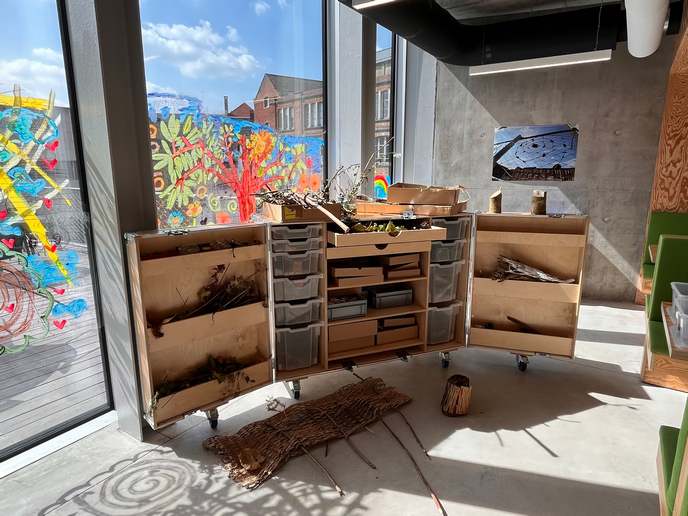Fostering inclusiveness in science education
Science education activities are all too often undertaken without considering issues of exclusion, stereotyping and even segregation. As a result, EU citizens from diverse backgrounds, children included, have restricted access to scientific knowledge or are given visibility as expert scientists, thus limiting their role as social referents. The EU-funded C4S project explores the relationships between science and society by focusing on communities in vulnerability risk situation to ensure their visibility, fair representation and equal access to science. It also seeks to improve the knowledge base on inclusive science education through research pilots undertaken in 6 local hubs.
Working with diverse vulnerable communities
The C4S project built six local hubs in Brussels, Budapest, Manresa, Milan, Sofia and Vienna to boost Inclusive Science Education (ISE) initiatives in the different local territories. C4S aimed also at giving support, visibility and a voice to experts from different target communities. This was achieved through its website and social networks, as well as workshops and seminars to create awareness among teachers and educators about the benefits of ISE issues. The hubs had different pilot activities to gather data about different possible ISE activities and pedagogical strategies, and to see how the different community living labs impacted the territory with the interventions of children and youth. “We learned that deploying a project is not only about doing things. It is also about learning how to co-construct a human team that believes in such a project and all the things that it involves,” says project coordinator Gabriel Lemkow Tovias. “Also, we had to learn to unlearn. We had to learn how to detect barriers existing towards different communities, that we so often assumed as natural and invisible to us, and how to overcome them.”
Raising institutional awareness about inclusive science education
“One of the aims of this C4S project was to obtain results from our pilots and to learn from our different local initiatives so as to be able to transfer them – or facilitate their transfer – to other EU realities and communities in vulnerability situations,” states Lemkow Tovias. “We do hope that this is going to happen after C4S ends and also that such transference will have a real impact.” When conducting activities, the C4S team tried to make as much impact as possible rather than focusing on theoretical discussions. To do so, they devised the publication of a ‘Style Guide on Inclusive Science Communication’ addressed to journalists and communicators interested in making a more inclusive type of journalism and science communication. Moreover, they elaborated the publication of a White Book on ‘Inclusive Science Education’ especially addressed to policymakers, institution representatives and educators. This in-depth resource provides recommendations and roadmaps to implement changes that would have a real impact in terms of boosting ISE initiatives in terms of policies, institutional and pedagogical interventions. Finally, the C4S team launched an ‘International Observatory on Inclusive Science Education’ to provide a stable and powerful platform to continue our research and dissemination of ISE initiatives and resources. “We hope that all these outputs will be used and be of reference for the years to come allowing us to continue to push for a fairer, more equitable and co-participatory approach to science education,” concludes Lemkow Tovias.
Keywords
C4S, inclusive science education, ISE, vulnerable communities, equal access

